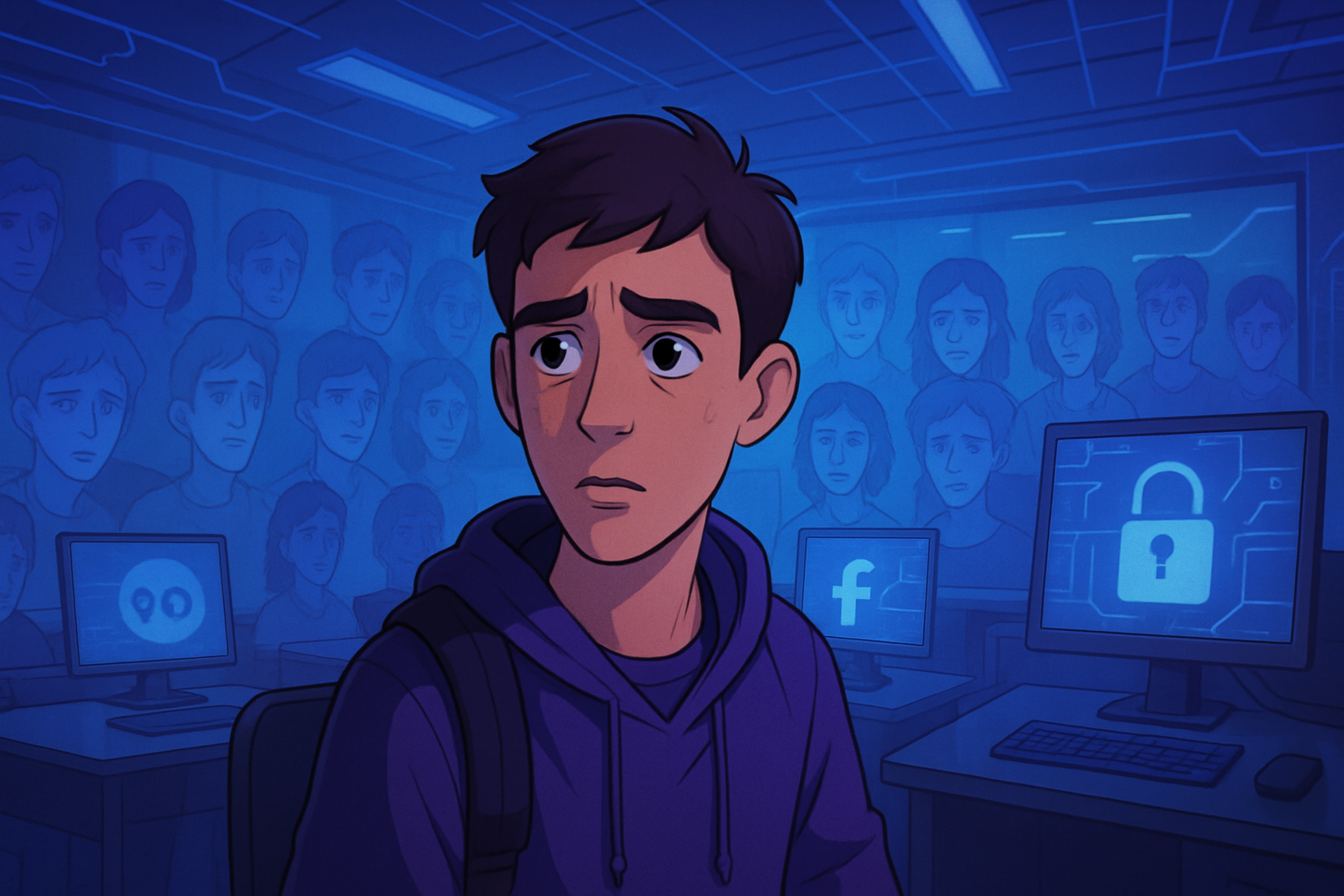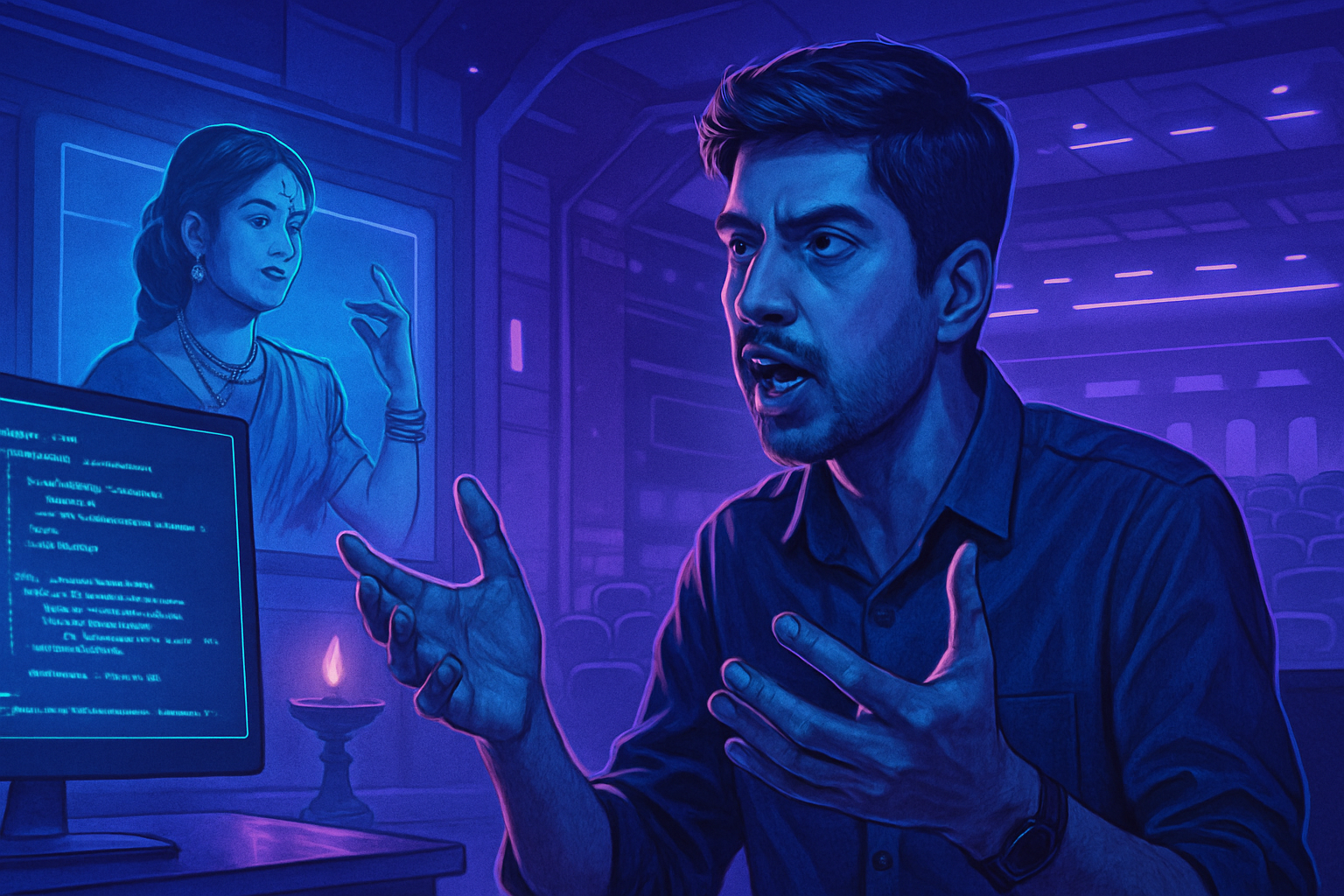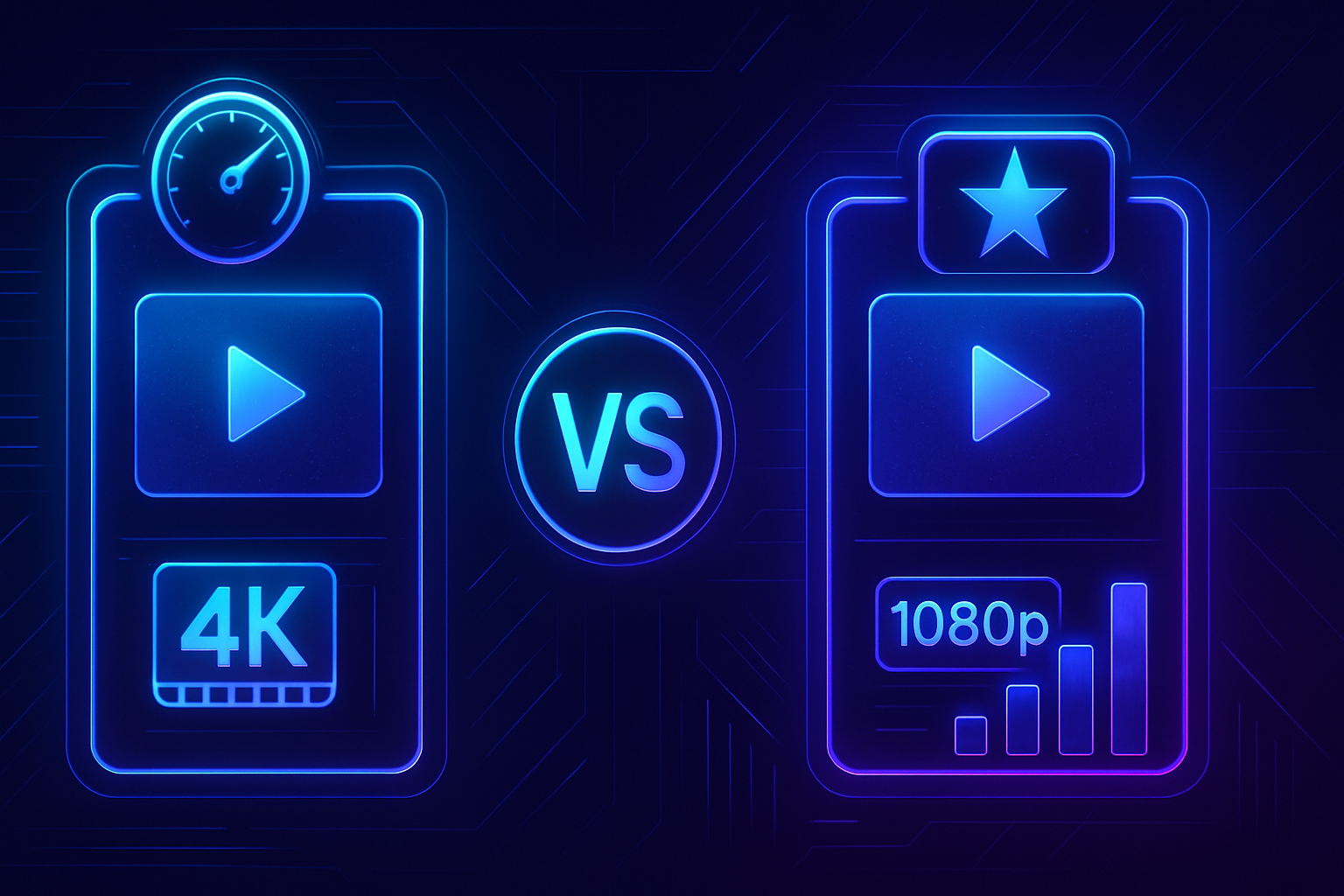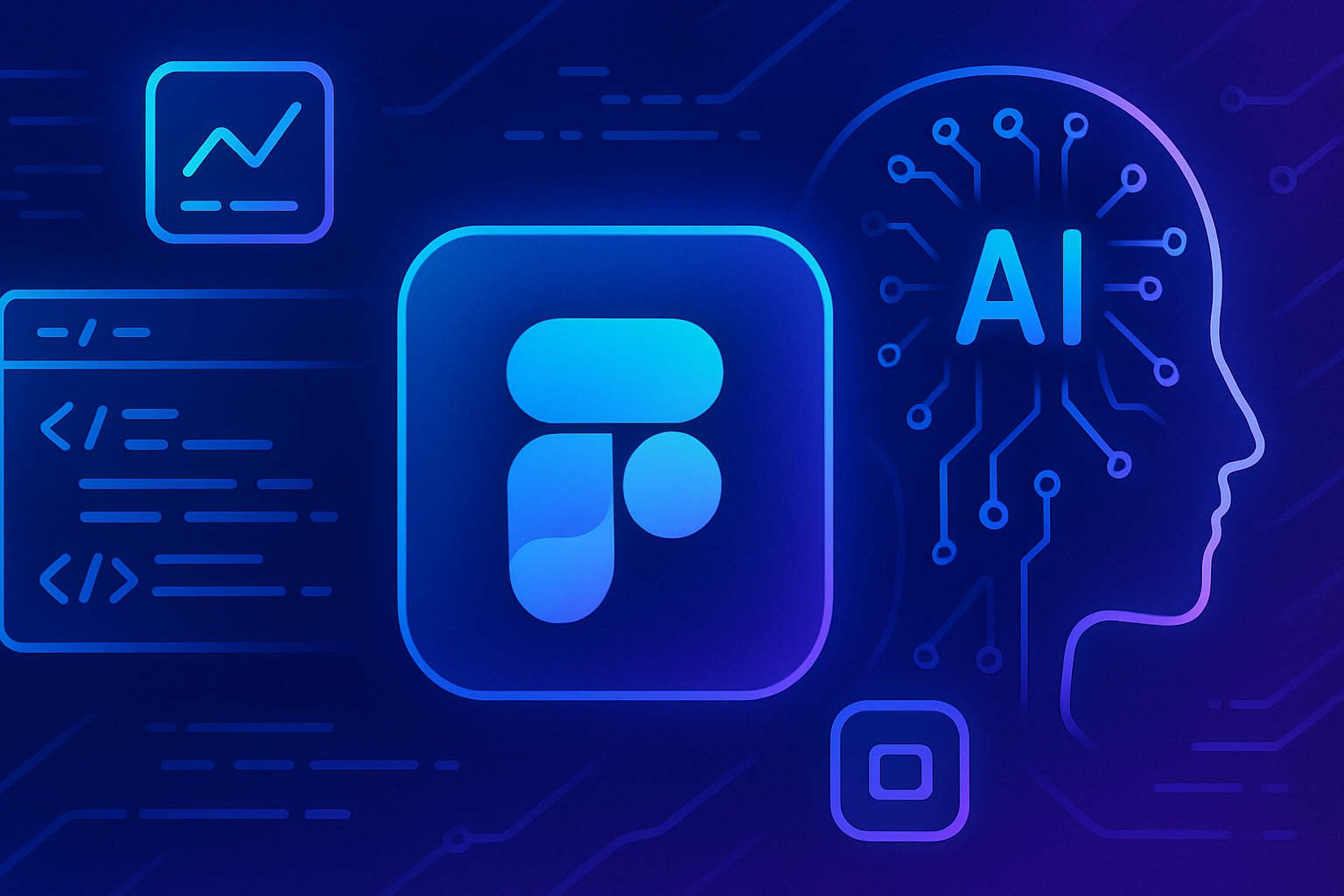An alarming case is shaking Spain. A teenager is under investigation following accusations of using artificial intelligence technology to create and disseminate non-consensual pornographic images. Sixteen young girls from an educational institution in the Valencia region reported these disturbing events. In a climate of uncertainty and fear, the digital landscape reveals its dangers. The police swiftly responded, tracing the identity of the suspect behind these AI-generated nudes and alerting society to the legal issues related to such practices. Spanish society is faced with the necessity to act against this new form of corruption of minors.
Ongoing investigation into a teenager for AI use
Spanish authorities have opened an investigation against a 17-year-old suspected of using artificial intelligence technologies to create and distribute fraudulently generated nude images. This incident was reported after 16 girls from an educational institute in the Valencia region reported the publication of these manipulated contents on the Internet and social media.
Victim reports
The investigation began last December when one of the students filed a complaint. This student indicated that she had discovered photos and a video of herself, showing her “completely nude”, posted on a fake social media account created in her name. This report alerted law enforcement, who subsequently worked to identify the author of this digital manipulation.
Identification of the suspect
Investigators were able to trace the IP addresses of the involved accounts, leading them to the suspect’s home. This discovery confirmed the adolescent’s involvement, who is now under investigation for the crime of corruption of minors.
Legislative context and ethical concerns
This case once again raises the question of the use of AI in creating explicit content, particularly involving minors. In March, the Spanish government announced the drafting of legislation aimed at criminalizing the creation of AI-generated sexual images without consent. The proposed legislation, which would be a first in Europe, is still awaiting parliamentary approval.
Challenges posed by deepfakes
Deepfakes, these images and videos manipulated by artificial intelligence algorithms, represent an increasingly significant challenge in the field of personal data protection. Young people, often unaware of the associated dangers, can become targets of such malicious practices. The psychological consequences for the victims can be devastating.
Call to action for educational institutions
Schools must urgently strengthen their vigilance and raise awareness among students about the dangers of digital technologies. Increased engagement from educators and parents is essential to prevent similar situations. Online safety and the protection of minors must become top priorities within the educational framework.
Frequently asked questions
Why is a teenager under investigation for publishing AI-generated images?
A 17-year-old is under investigation after being accused of using artificial intelligence to create and disseminate nude images and videos of his classmates without their consent, acting in violation of laws protecting minors.
What is a deepfake and how was it used in this case?
A deepfake is a digital technique that uses artificial intelligence algorithms to manipulate images and videos. In this case, the suspect generated compromising images of his classmates using this technology.
What was the process leading to the police investigation?
The authorities opened an investigation after 16 girls from an educational institution in the Valencia region reported the circulation of manipulated sexual images of themselves on social media.
What is the potential impact of disseminating these images for the victims?
Victims may suffer serious psychological consequences, such as anxiety, shame, and social stigma, in addition to the legal and school-related implications of the dissemination of these non-consensual contents.
What measures are authorities taking to protect minors in such situations?
Spanish authorities are considering legislation to criminalize the creation and distribution of AI-generated images without consent, aiming to enhance the protection of minors against digital abuse.
How can victims report such abuses?
Victims can report abuses to the police or other competent bodies to seek help and initiate legal proceedings against the perpetrators.
What are the legal repercussions of such actions for the suspected teenager?
The suspect could face charges for corruption of minors and for infringing upon the dignity and privacy of the victims, which could result in severe criminal penalties.
What advice can be given to teenagers to protect themselves?
Teenagers should be aware of the dangers associated with publishing content online, use privacy settings, and never share sensitive images without consent. It is also important to talk to a trusted adult if problems arise.






